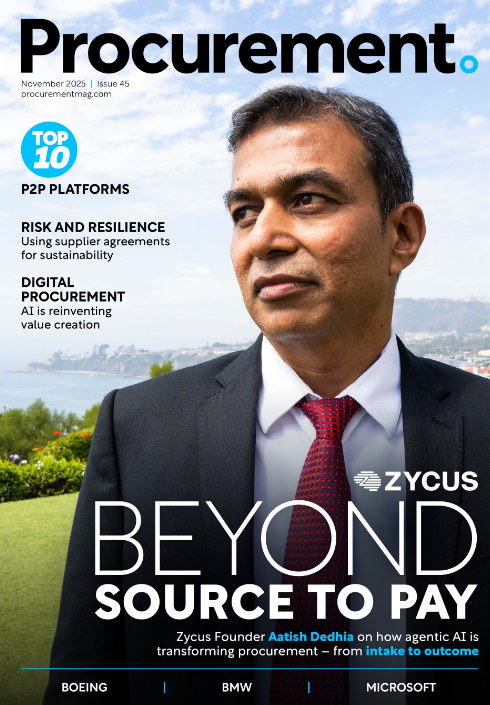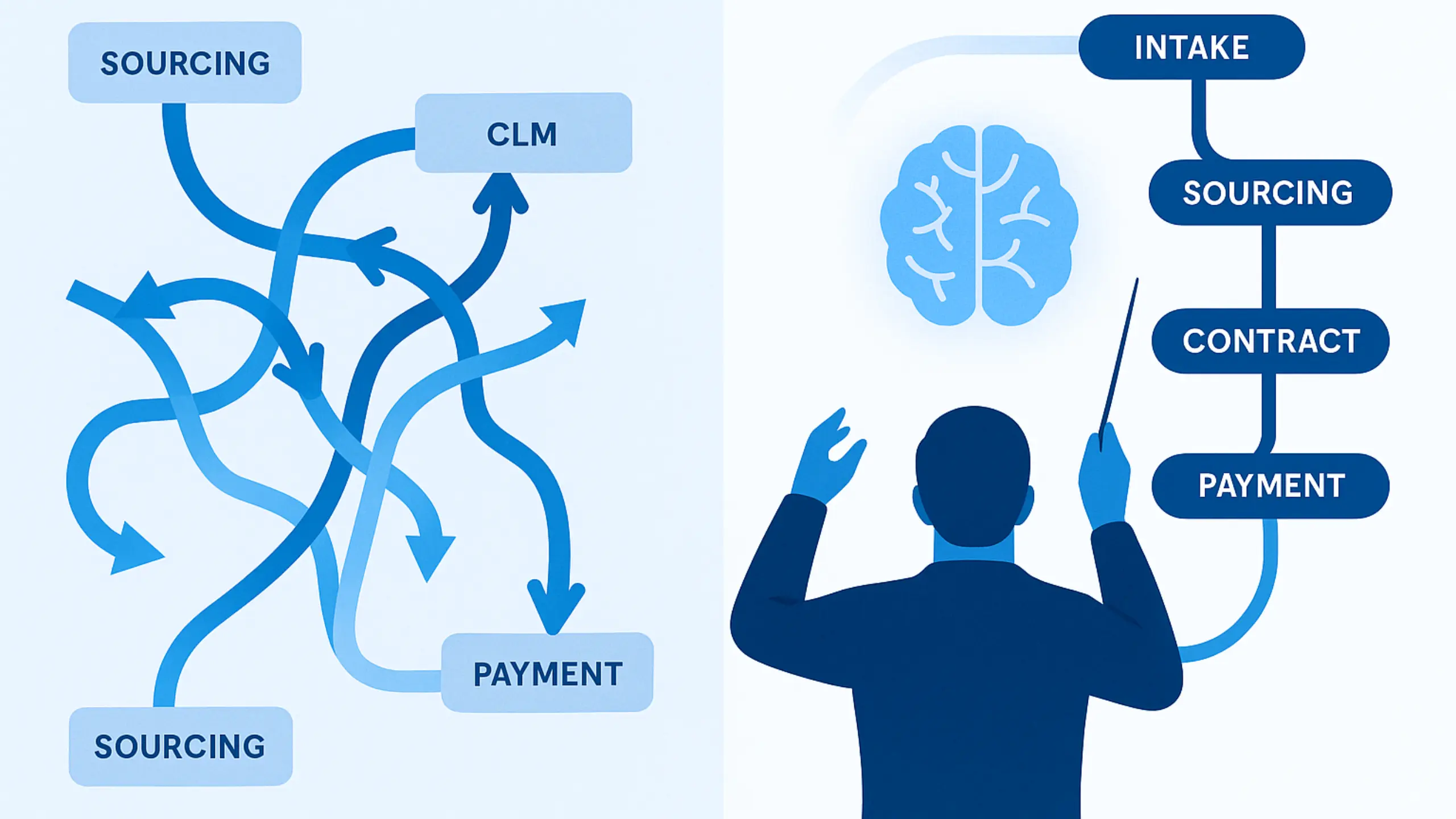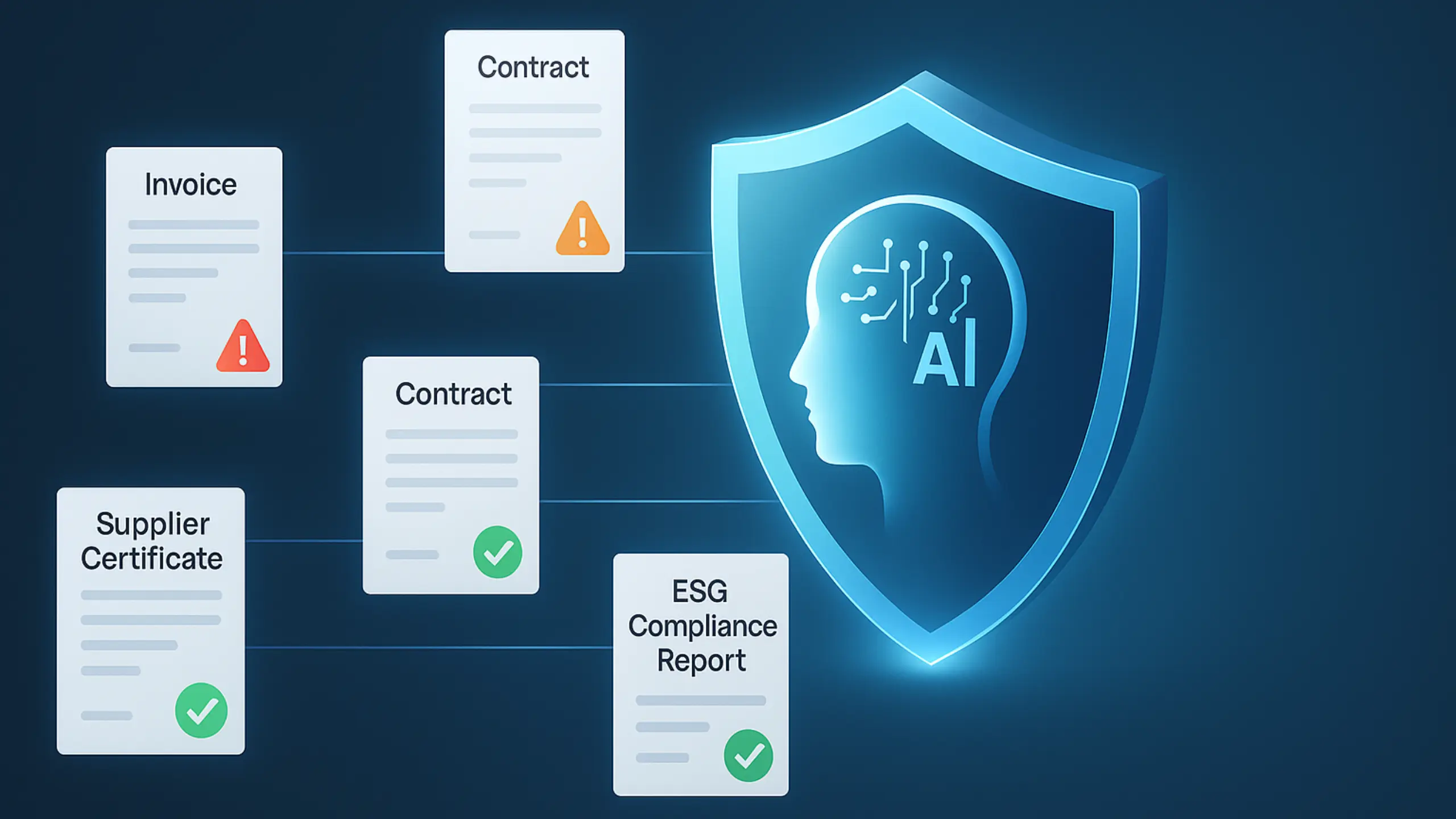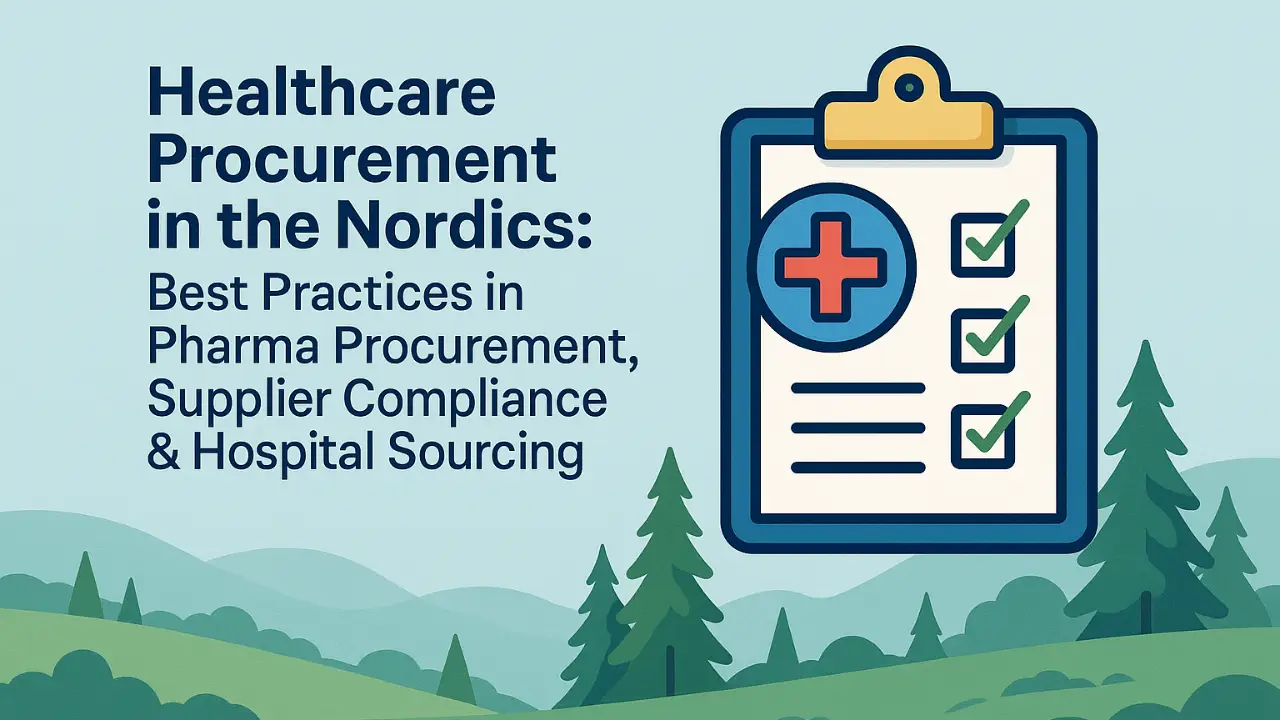TL;DR
- Mid-market approval workflows often break once revenue passes $100M, creating bottlenecks and compliance risks.
- Informal email/chat approvals cause delays, maverick spend, and lost budget visibility.
- Scalable workflows need guided intake, automated routing, finance integration, and audit-ready tracking.
- Lean teams benefit from cycle time to PO as the key KPI for efficiency and optimization.
- Common pitfalls: over-engineering, disconnected systems, and poor adoption.
- The right design balances speed with compliance, empowering CFOs with visibility and teams with agility.
Why Approval Workflows Break in Mid-Market Firms
At smaller sizes, approvals often happen informally through email or chat. This may work for a $50M company, but as revenue doubles or triples, informal workflows turn into bottlenecks. Requests get lost in inboxes, approvals drag on, and CFOs lose visibility into budget impact.
For mid-market companies with lean teams, the risk is even greater. Broken workflows lead to maverick spend, delayed projects, and financial blind spots. Procurement leaders need to design scalable purchase approval workflows that grow with the company adding control without slowing execution.
Essentials of Scalable Mid-Market Approval Workflows
Strong purchase approval workflows in mid-market procurement share a few key traits:
- Guided intake: All requests enter through one structured channel.
- Policy-based routing: Approvals move automatically based on spend, category, or risk.
- Real-time budget checks: Requests are validated against available budgets before approval.
- Audit-ready records: Every approval step is logged for compliance.
Read more: Real-Time Budget Visibility: Tools and Techniques for Emerging Enterprises
Common Pitfalls Mid-Market Teams Face
Without redesign, mid-market approval processes fall into predictable traps:
- Email-only approvals: Leads to delays, lost requests, and compliance issues.
- Over-engineering: Too many approval layers frustrate employees.
- Disconnected systems: Approvals not integrated with finance tools create visibility gaps.
- Poor adoption: If workflows are not intuitive, employees bypass them.
Read more: Change Management for AI Adoption: Preparing Mid-Market Teams for New Tools
How to Redesign Approval Workflows for Growth
Scaling does not require enterprise-level complexity. Mid-market firms can take practical steps:
- Standardize intake: Capture all requests in one place.
- Automate routing: Define thresholds and risks to trigger the right approver.
- Integrate finance: Connect approvals to budgeting systems for real-time visibility.
- Track cycle times: Use cycle time to PO as a KPI to optimize bottlenecks.
Read more: Real-Time Budget Visibility: Tools and Techniques for Emerging Enterprises
The Role of Technology in Scaling Mid-Market Approval Workflows
Technology gives lean teams leverage. Mid-market firms can adopt workflow platforms that provide:
- Automated notifications to prevent bottlenecks.
- Use dashboards & analytics to view pending approvals and budget impact.
- AI-driven routing to speed up low-value purchases while escalating high-risk ones.
Read more: The Transformative Role of Generative AI in Sector-Specific Procurement
Conclusion
For mid-market companies, growth exposes the limits of informal approval processes. Scalable workflows balance compliance with speed, giving CFOs visibility while keeping teams agile. By standardizing intake, automating routing, and integrating with finance, procurement leaders can transform approvals from bottlenecks into enablers of growth.
Ready to see how Zycus helps mid-market firms scale approval workflows without slowing growth? Book a demo.
FAQs
Q1. What is a purchase approval workflow?
It is the structured process of reviewing and authorizing purchase requests before committing spend.
Q2. Why do mid-market companies need approval workflows?
Because informal, email-driven approvals cannot scale and create compliance risks.
Q3. How can workflows be automated?
By using guided intake, rule-based routing, and integration with finance dashboards.
Q4. What KPI measures workflow efficiency?
Cycle time to PO is the key performance indicator for approval workflow speed.
Related Reads:
- Real-Time Budget Visibility: Tools and Techniques for Emerging Enterprises
- The Ultimate Guide to Accounts Payable Software for Emerging Enterprises
- The Adoption Deficit: Solving the Procurement Change Challenge in Emerging Enterprises
- From Automation to Autonomy: The Evolution of AI in Procurement
- From Chaos to Control: Fixing Vendor Master Data and Rogue Spend with AI
- Strategic Procurement Priorities for 2026: A Mid-Market Survival Guide
- Building Resilient Supply Chains: Risk-Mitigation Strategies for High-Growth Companies
- AP Automation for Emerging Enterprises: Stop Ghost Invoices and Hidden AP Errors
- Procurement Framework for Mid-Market Companies: Driving Business Alignment and ROI






























































